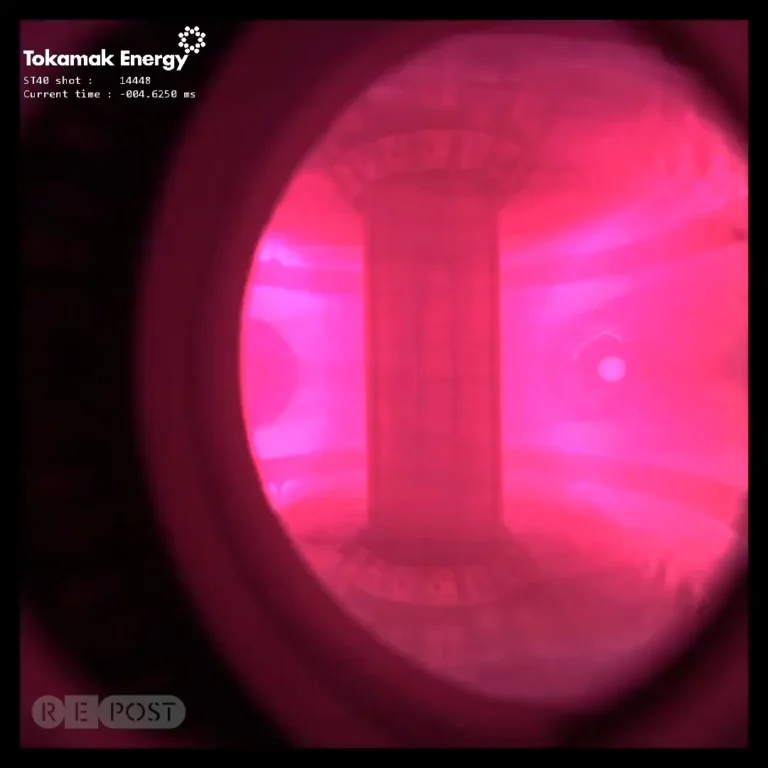The moment between life and death has long been a fog of folklore, faith, and guesswork. Now, in a rare and accidental glimpse, scientists have recorded electrical rhythms inside a dying human brain that look strikingly like the neural signatures of memory recall. The finding is as haunting as it is humbling: a possibility that the brain may stage one last highlight reel.
What scientists captured in an unusual moment
In 2022, a team led by neurosurgeon Ajmal Zemmar reported a first-of-its-kind recording from an 87-year-old patient who was undergoing invasive brain monitoring for seizures. Intracranial electrodes, placed to pinpoint the source of epileptic activity, were still in place when the patient suffered a cardiac arrest. As the heart stuttered and stopped, the electrodes kept listening.
What they heard was a burst of coordinated brain activity, notably in the fast, high-frequency gamma range. These gamma waves and their coupling with slower rhythms are patterns neuroscientists often see when healthy brains form and retrieve memories, consolidate learning during sleep, or enter meditative states. To Zemmar, the resemblance raised a provocative possibility.
“By generating oscillations involved in memory retrieval, the brain may be playing a last recall of important life events just before we die.” — Ajmal Zemmar
The recording, published in Frontiers in Aging Neuroscience, was a single, unplanned case. Yet its detail is unusual. Unlike scalp EEG, which records brain activity through the skull, intracranial electrodes can capture finer-grained signals, including gamma oscillations, directly from deep structures involved in memory, such as the temporal lobes and hippocampus. That vantage point made this moment of dying visible in ways previous bedside recordings could not.
A phenomenon long whispered about at the edge of life
Accounts of a life flashing before one’s eyes stretch back centuries. The naval officer Francis Beaufort, describing a near-drowning in the late 18th century, wrote of a rapid cascade of memories, vivid and panoramic. He recalled that “every past incident of my life seemed to glance across my recollection.” His description reads like a field note from the frontier between danger and oblivion.
Modern researchers have tried to sort anecdote from pattern. Psychiatrist Bruce Greyson, who has cataloged near-death experiences for decades, describes the so-called life review as a distinctive cognitive event.
“A rapid revival of memories that sometimes extends over the person’s entire life.” — Bruce Greyson
Until now, such narratives lacked a physiological signpost. The new recording does not prove a life review occurs, but it offers a plausible neural candidate: gamma-rich oscillatory choreography similar to what the brain uses to stitch together autobiographical memories. In other words, if the brain were to stage a final montage, it might well look like this.
How much can brain waves really tell us?
Even the authors urge restraint. The patient had suffered a brain bleed, seizures, and swelling, and was receiving medications that can alter brain activity. Hypoxia, the lack of oxygen that follows cardiac arrest, can also change EEG patterns. With just one case, it is impossible to know how typical these dynamics are, or whether they represent meaningful experience versus the nervous system’s last electrical spasm.
“Scientifically, it’s very difficult to interpret the data because the brain had suffered bleeding, seizures, swelling — and then it’s just one case. So we can’t make very big assumptions and claims based on this case.” — Ajmal Zemmar
There are technical limits too. EEG measures synchronized electrical activity; it does not decode thoughts. Researchers infer function from patterns, comparing them with known signatures of memory, sleep, or attention, but they cannot translate oscillations into specific images or scenes. And because intracranial electrodes are placed where clinicians suspect seizures arise, often in memory-related regions, recordings may be biased toward the circuits most likely to show memory-like rhythms.
It is also worth noting that EEGs at the end of life are not unheard of in intensive care units. What is rare is capturing deep, high-frequency activity from within the brain at the precise moment of dying. That vantage point is what sets this case apart.
What it could mean for medicine and for us
If future studies confirm that the brain commonly choreographs memory-like activity as it shuts down, the finding could ripple through medicine and ethics. For palliative care, it might support approaches that privilege sensory comfort, familiar voices, and music near the bedside, on the chance that the brain is still weaving meaning from the world in its final beats. For families, the idea that loved ones may revisit cherished moments could offer a measure of solace.
Scientifically, the result invites larger, carefully controlled studies across different causes of death and clinical contexts. Researchers will want to know how anesthesia, sedatives, oxygen levels, and underlying disease shape the brain’s final act; whether terminal lucidity — a sudden return of mental clarity reported in some dying patients — has a distinct neural signature; and how long coordinated activity persists after circulation ceases. Answering these questions will require sensitive protocols, consent frameworks, and collaborations between epilepsy centers, ICUs, and ethics boards.
Proceeding with humility
There is an understandable temptation to leap from gamma waves to last goodbyes. The evidence does not take us nearly that far. But neither does it leave us where we started. The study draws a small, bright line between centuries of first-person testimony and a measurable brain event, suggesting that the machinery of memory may surge, not shatter, at the end.
It also forces a broader reflection. We are used to thinking of death as an off switch. The brain, it seems, writes a few more lines after the lights dim — patterns that resemble the rhythms of learning, recall, and meaning-making. If the mind were to have a final ritual, this is the music it might choose.







